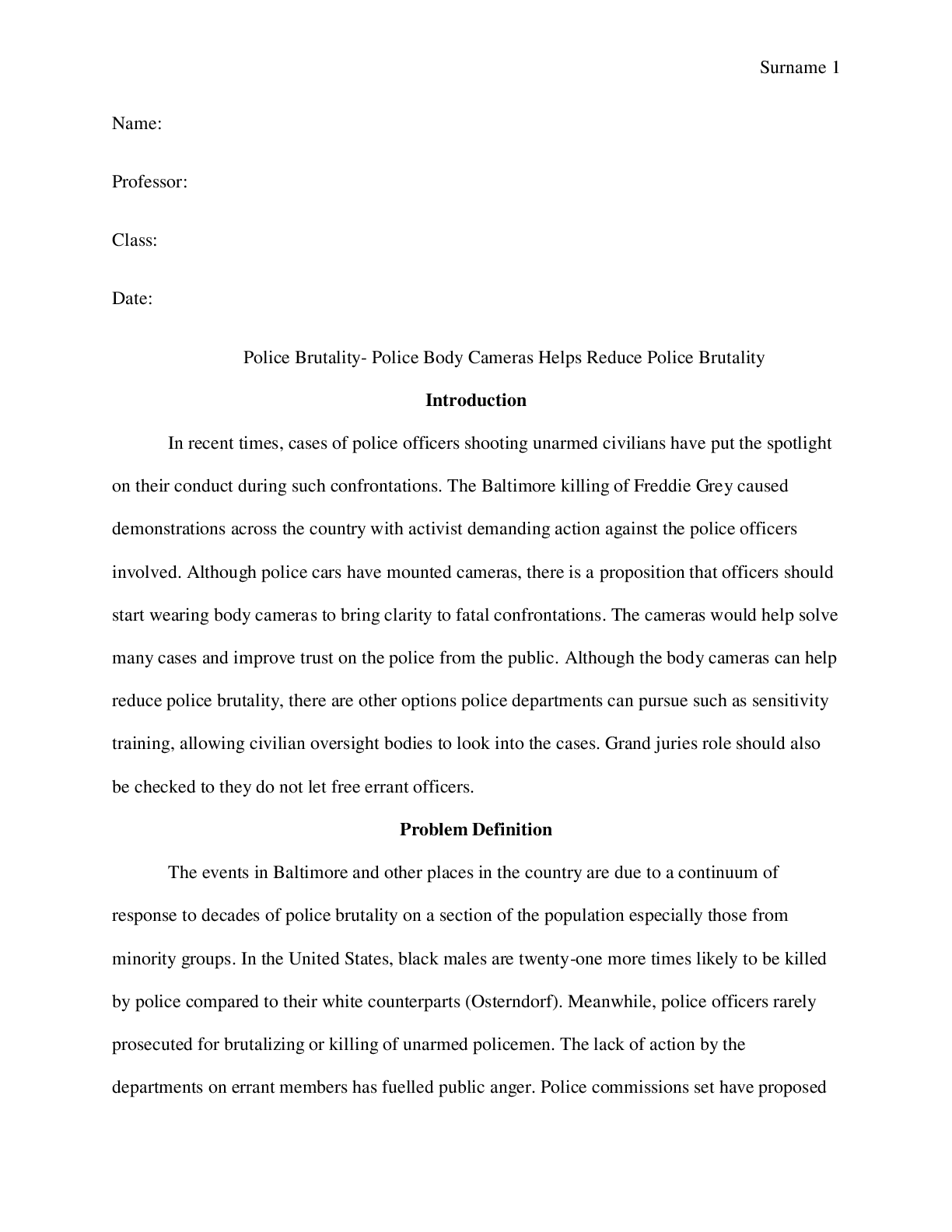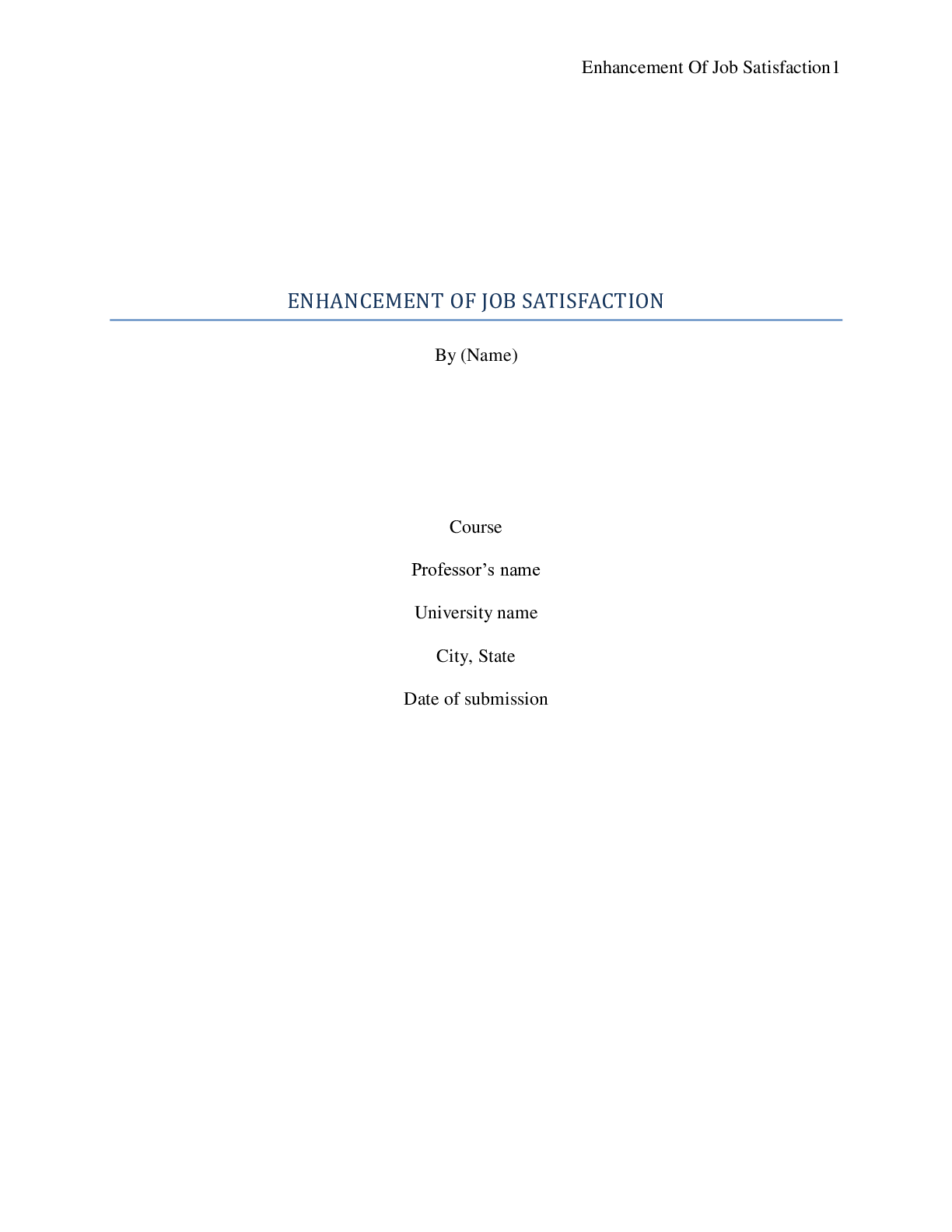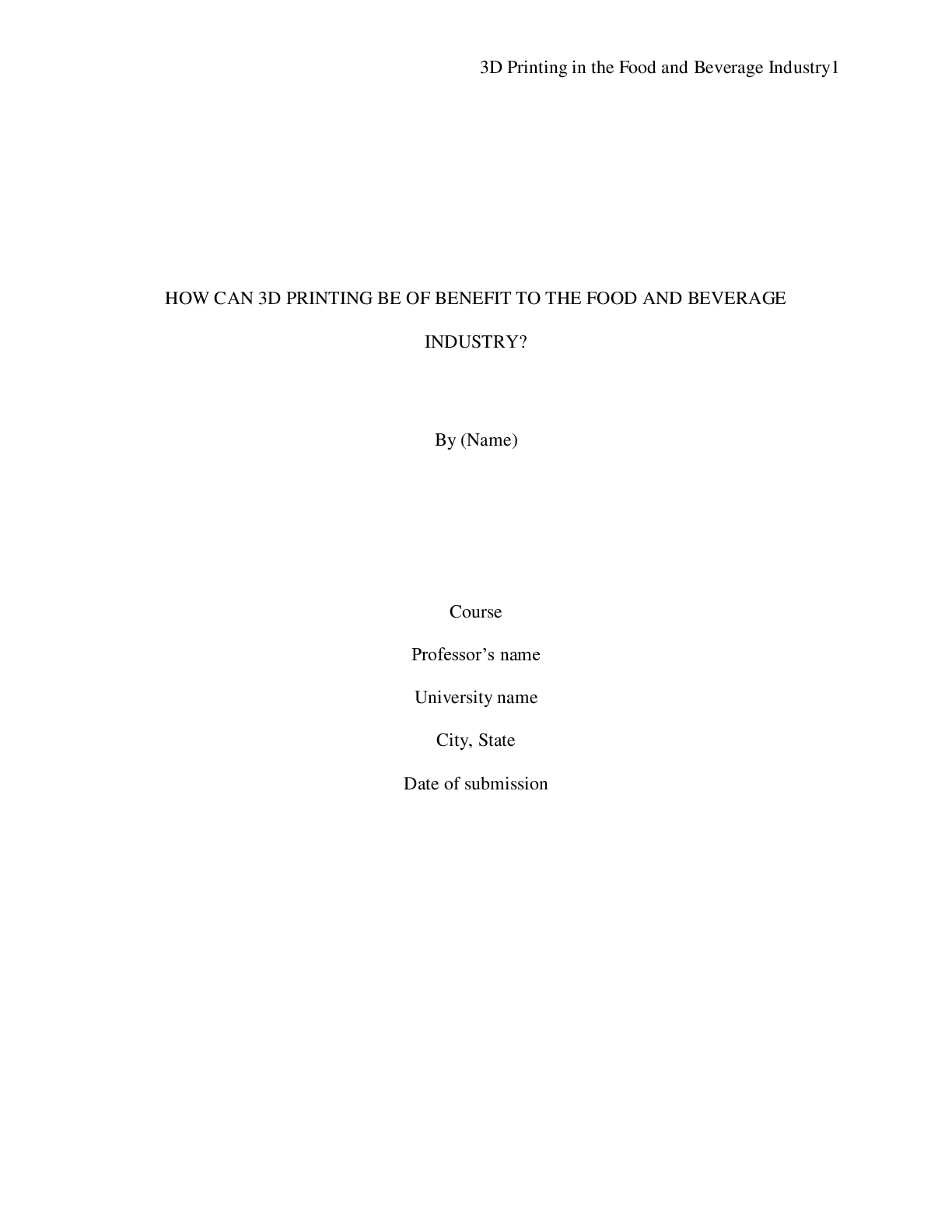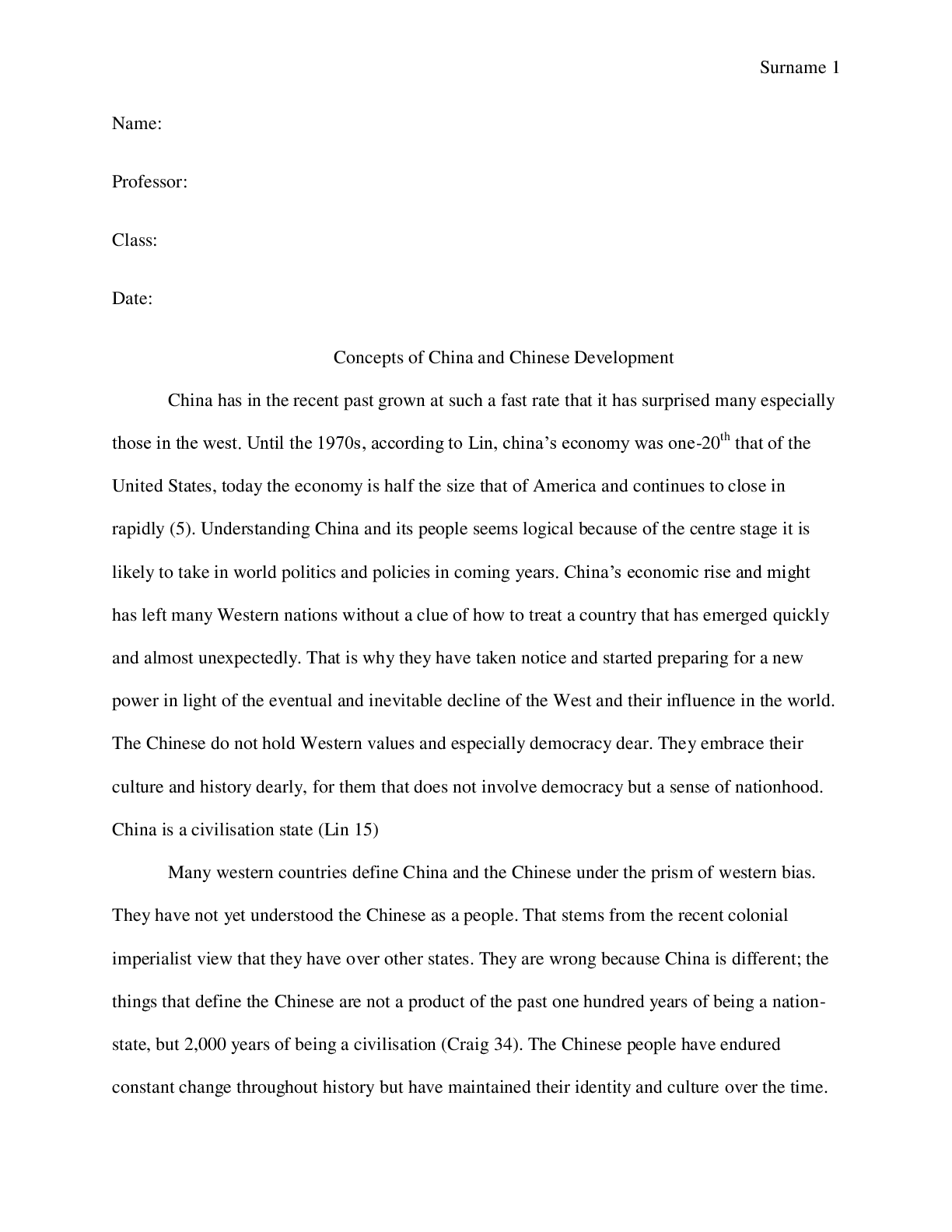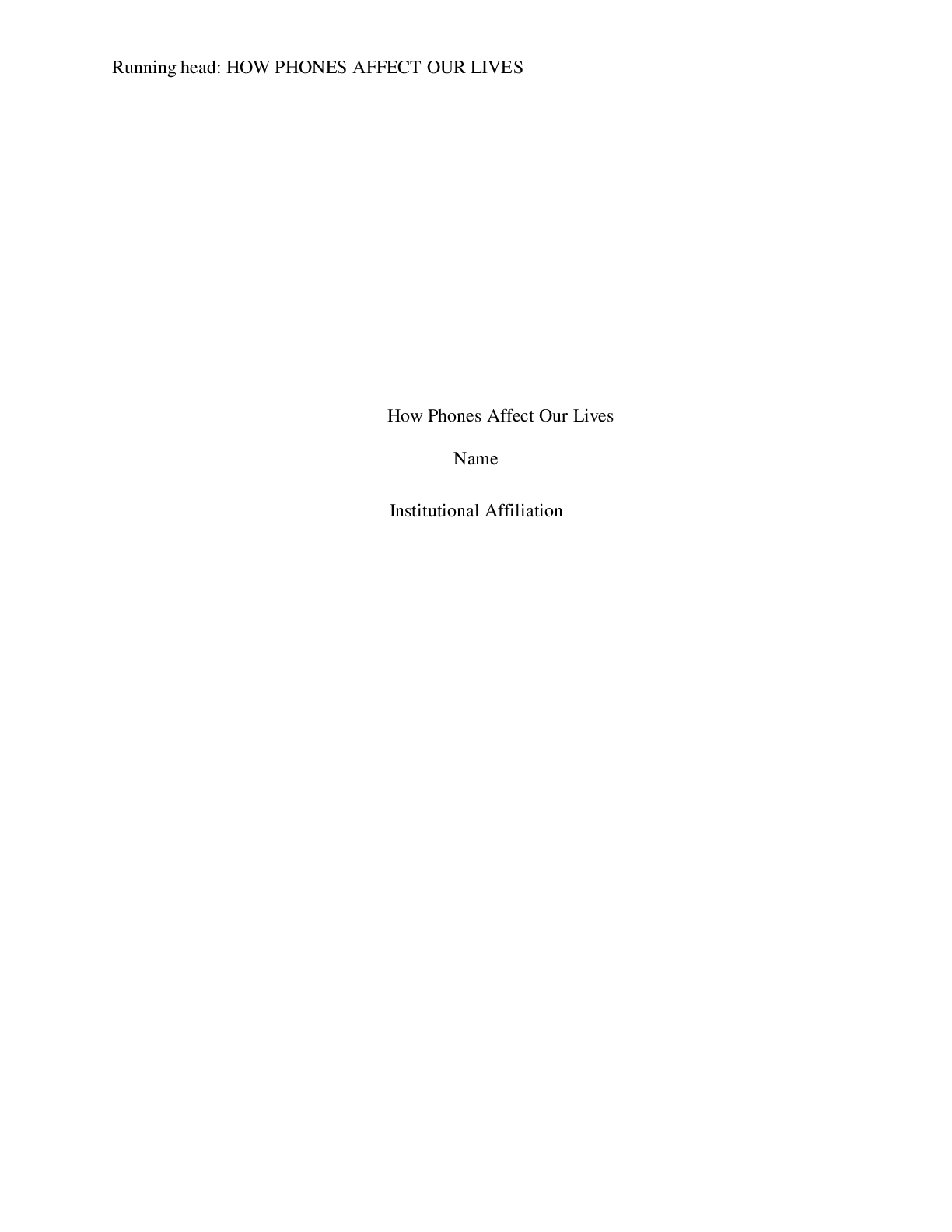Business Analytics > ESSAY > MGMT 90111 Management and business communication (All)
MGMT 90111 Management and business communication
Document Content and Description Below
Clarence opened a farm supply store in Montana during the early 1900s. His neighbours in the county were also his customers. Every person who walked into his store felt comfortable. In fact, they wo... uld often sit, sip a cup of coffee or shell some peanuts, and solve the world’s problems before loading up their purchases. Clarence prided himself on knowing what his customers needed to be successful farmers, and he freely gave them advice about which brand of flea dip would work best on their cattle and which tonic would help a colicky horse. By the time he retired and his son Seth took over, the company had expanded to three stores in three towns and had 14 full-time employees. As a youth, Seth had attended the state college and earned a degree in agricultural business. He eagerly applied what he had learned to the family business. He was convinced that technology was the key to success, not personal relationships. Over the years, he struggled to convert all his father’s old hand written records to electronic files. Eventually he installed a completely computerized information system that tracked inventory, personnel, and accounts. He sometimes boasted about being an entrepreneur, but Clarence snorted at that term. “Just do what’s right for your customers, and you’ll be doing what’s right for yourself,” he would retort. When Seth retired, his daughter Kathy took over the company that now has 23 stores with 228 employees in three states and one wholly owned subsidiary of 18 gas stations. Kathy’s vision involved offering a broader range of products than farm supplies. She wanted to sell the image of the family farm. Her stores stocked western clothing; boots, hats, and jewellery; home furnishings; and even CDs featuring country and western music. As the business expanded, Kathy found herself travelling extensively from the corporate office to the various stores. Despite having a staff of 12 professionals working with her in the corporate office, finding time to manage everything became a problem. It was when Kathy was really struggling to keep abreast of her business that she approached her friend Carl who was an IT consultant. Carl suggested that she should overhaul the computer network of her business which was used primarily for inventory management and asynchronous communication. He suggested that she should invest in technology and social media - to not only communicate with her 2 geographically-spread staff, but also with her customers. He recommended that she could hold virtual meetings instead of travelling inter-state to hold meetings. He advised this would not only cut down her travel costs but would also enable her to stay in touch with staff more often. He was certain that this would also help improve staff relationships across geographical boundaries as they would be able to communicate frequently and could also enable cross-fertilisation and collaboration. Kathy was soon convinced that this was the way to move forward. She made a substantial investment to upgrade the company’s computer network and to set up Facebook pages, Twitter accounts, Instant Messaging software and video conferencing facilities. It had been a year since the introduction of these information and communication technologies, and the outcome was far from what was envisaged. There had been several instances of misunderstandings, miscommunication, conflict between staff, complaints of high stress levels and lowered rather than enhanced levels of productivity and communication. Kathy was struggling to understand why the technological advancement of the business had delivered more problems and very limited efficiency. She decided that it was time to get some advice from management consultants to understand why such issues had emerged. She wanted to seek advice to inform the way forward for the communication operations of her business. She has employed you as her consultant and has asked you to write a report looking at media choice and implications (positive/negative) of ICTs. She wants you to consider any three of the following issues that have emerged in her company over the last year and help her understand how these may be linked to the introduction of ICTs: 1. work stress and overload; 2. flexibility and work/life balance; 3. productivity; 4. workplace conflict; 5. employee privacy. In answering this question: • Show that you have an in-depth and critical understanding of relevant theories and research on media choice and implications of ICTs. • Discuss the communication media models and explain the implications of each on media choice and draw insights for media choice in the given situation. • Discuss the positive/negative implications related to your chosen issues and any inter-relationships between issues. • Provide examples to support your analysis and application of the theory/research. • Provide recommendations for what can be done to address the potential issues you have identified and critically evaluate your recommendations. The discussion, analysis, evaluation and recommendations need to be supported with theory and research. You need to include a reference list. [Show More]
Last updated: 2 years ago
Preview 1 out of 13 pages

Buy this document to get the full access instantly
Instant Download Access after purchase
Buy NowInstant download
We Accept:

Reviews( 0 )
$22.00
Can't find what you want? Try our AI powered Search
Document information
Connected school, study & course
About the document
Uploaded On
Sep 05, 2020
Number of pages
13
Written in
Additional information
This document has been written for:
Uploaded
Sep 05, 2020
Downloads
0
Views
115

